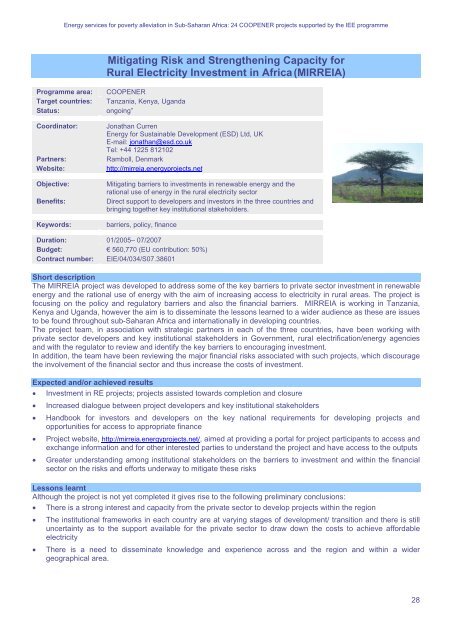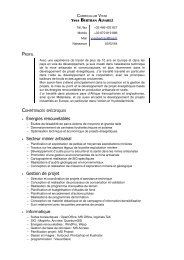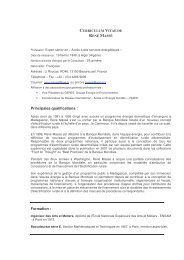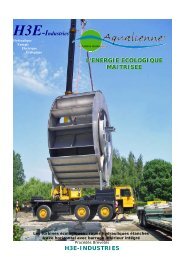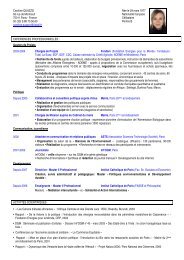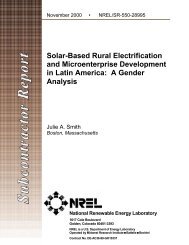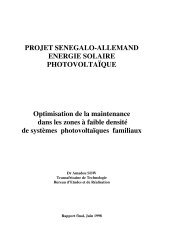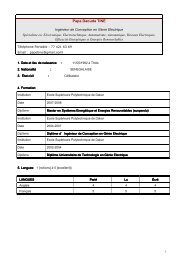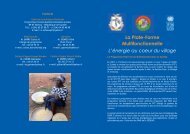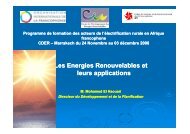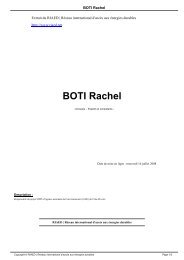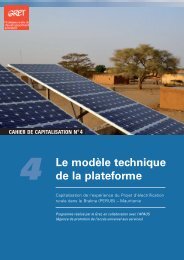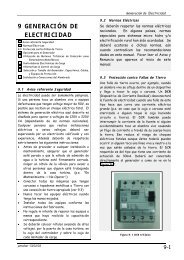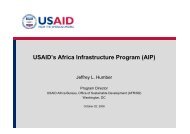Download - RIAED
Download - RIAED
Download - RIAED
You also want an ePaper? Increase the reach of your titles
YUMPU automatically turns print PDFs into web optimized ePapers that Google loves.
Energy services for poverty alleviation in Sub-Saharan Africa: 24 COOPENER projects supported by the IEE programmeMitigating Risk and Strengthening Capacity forRural Electricity Investment in Africa (MIRREIA)Programme area:Target countries:Status:Coordinator:Partners:Website:Objective:Benefits:Keywords:COOPENERTanzania, Kenya, Ugandaongoing”Jonathan CurrenEnergy for Sustainable Development (ESD) Ltd, UKE-mail: jonathan@esd.co.ukTel: +44 1225 812102Ramboll, Denmarkhttp://mirreia.energyprojects.netMitigating barriers to investments in renewable energy and therational use of energy in the rural electricity sectorDirect support to developers and investors in the three countries andbringing together key institutional stakeholders.barriers, policy, financeDuration: 01/2005– 07/2007Budget: € 560,770 (EU contribution: 50%)Contract number: EIE/04/034/S07.38601Short descriptionThe MIRREIA project was developed to address some of the key barriers to private sector investment in renewableenergy and the rational use of energy with the aim of increasing access to electricity in rural areas. The project isfocusing on the policy and regulatory barriers and also the financial barriers. MIRREIA is working in Tanzania,Kenya and Uganda, however the aim is to disseminate the lessons learned to a wider audience as these are issuesto be found throughout sub-Saharan Africa and internationally in developing countries.The project team, in association with strategic partners in each of the three countries, have been working withprivate sector developers and key institutional stakeholders in Government, rural electrification/energy agenciesand with the regulator to review and identify the key barriers to encouraging investment.In addition, the team have been reviewing the major financial risks associated with such projects, which discouragethe involvement of the financial sector and thus increase the costs of investment.Expected and/or achieved results• Investment in RE projects; projects assisted towards completion and closure• Increased dialogue between project developers and key institutional stakeholders• Handbook for investors and developers on the key national requirements for developing projects andopportunities for access to appropriate finance• Project website, http://mirreia.energyprojects.net/, aimed at providing a portal for project participants to access andexchange information and for other interested parties to understand the project and have access to the outputs• Greater understanding among institutional stakeholders on the barriers to investment and within the financialsector on the risks and efforts underway to mitigate these risksLessons learntAlthough the project is not yet completed it gives rise to the following preliminary conclusions:• There is a strong interest and capacity from the private sector to develop projects within the region• The institutional frameworks in each country are at varying stages of development/ transition and there is stilluncertainty as to the support available for the private sector to draw down the costs to achieve affordableelectricity• There is a need to disseminate knowledge and experience across and the region and within a widergeographical area.28


